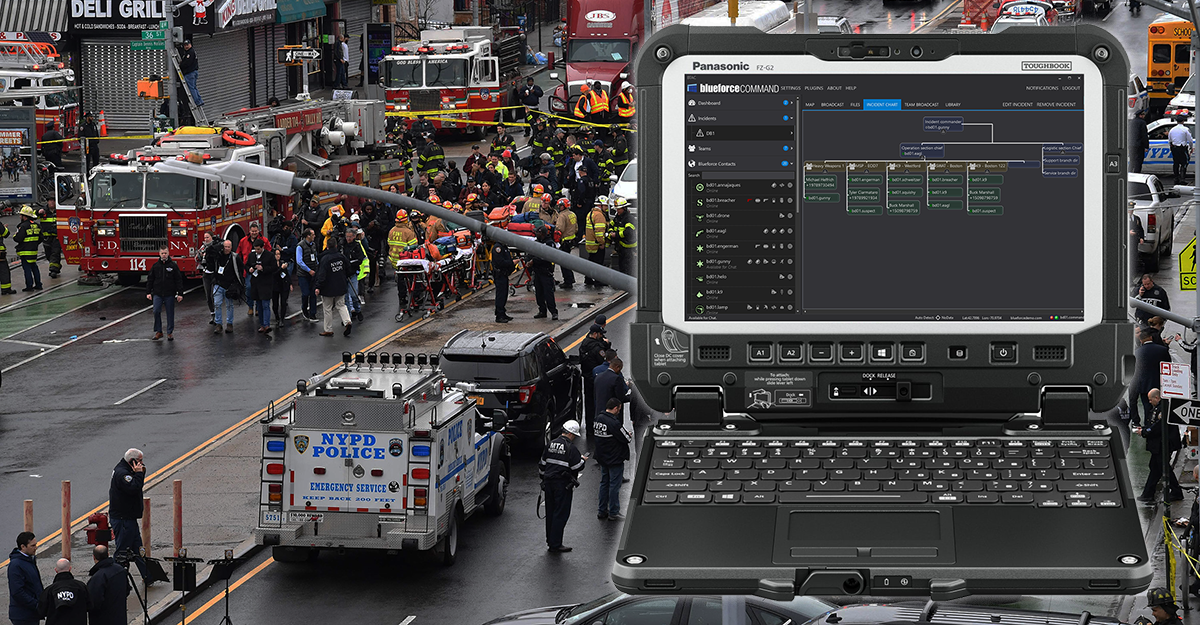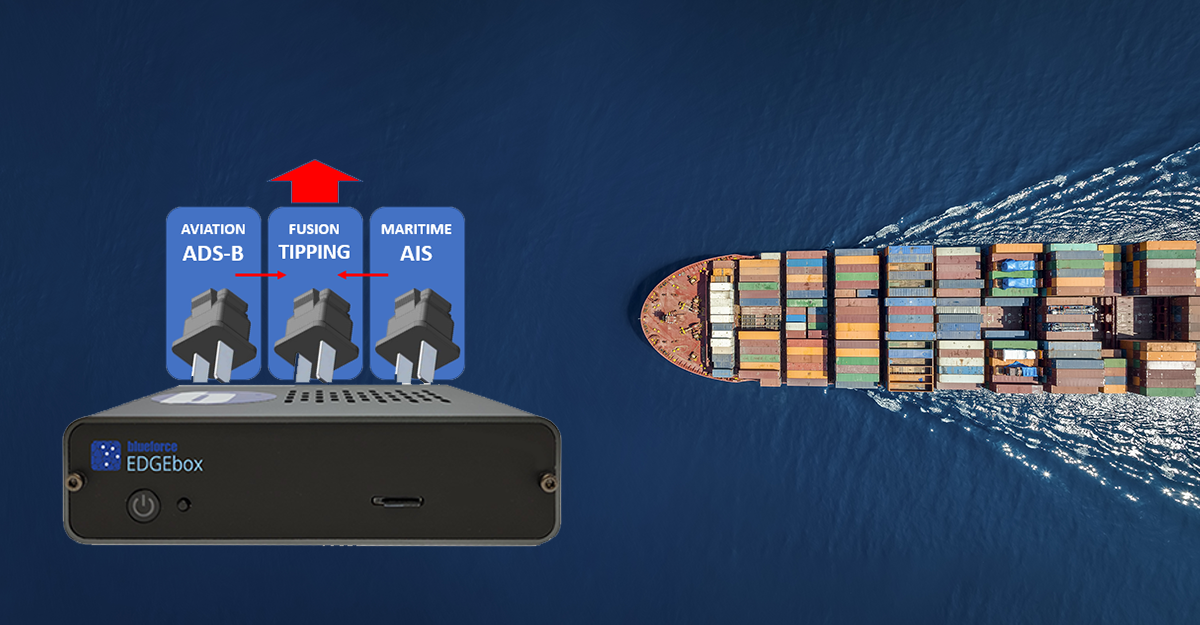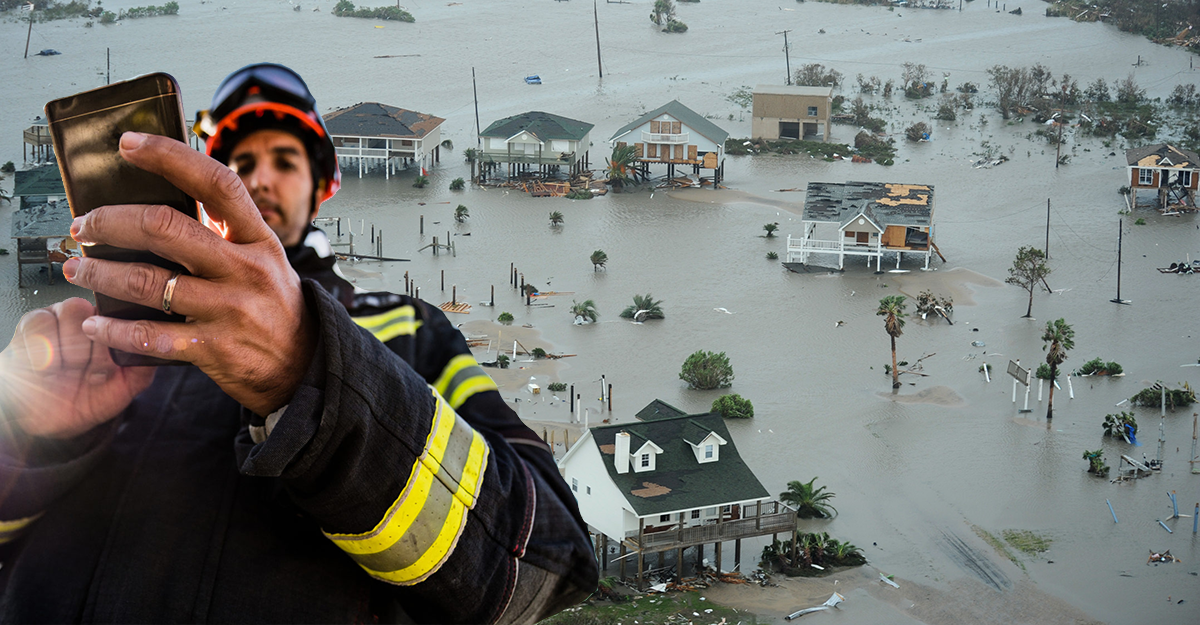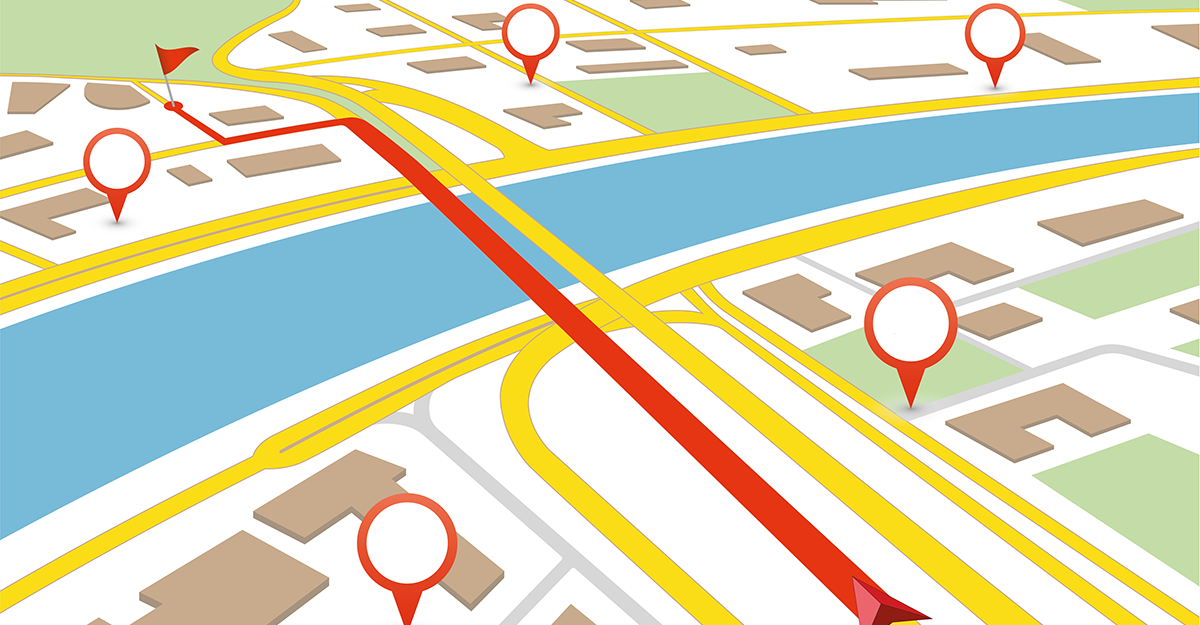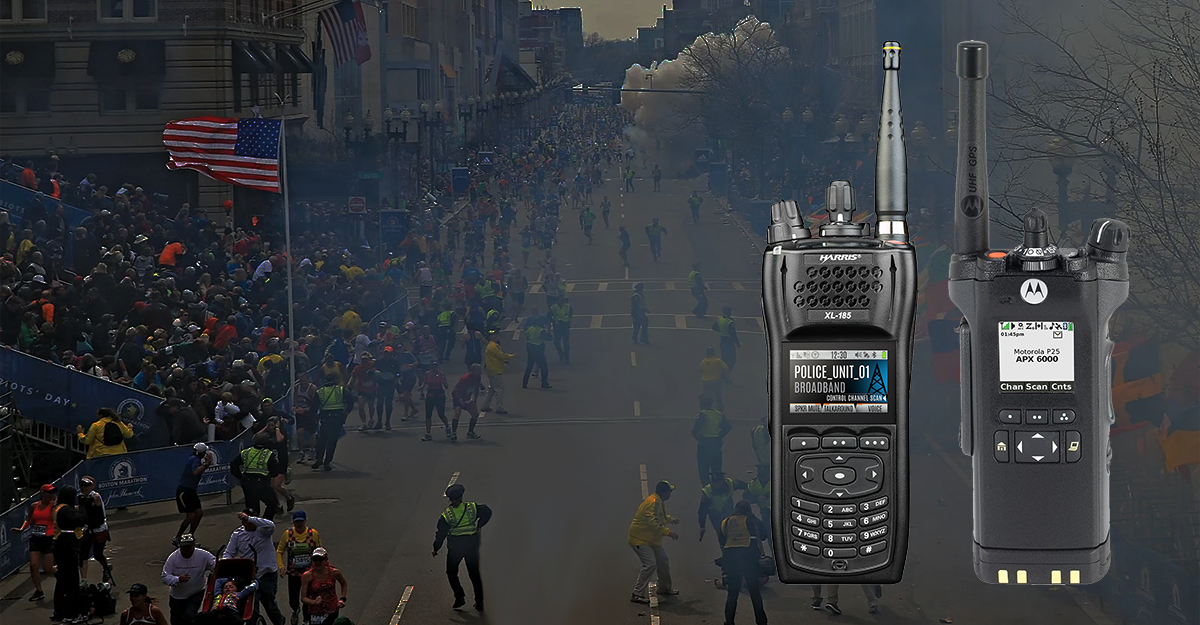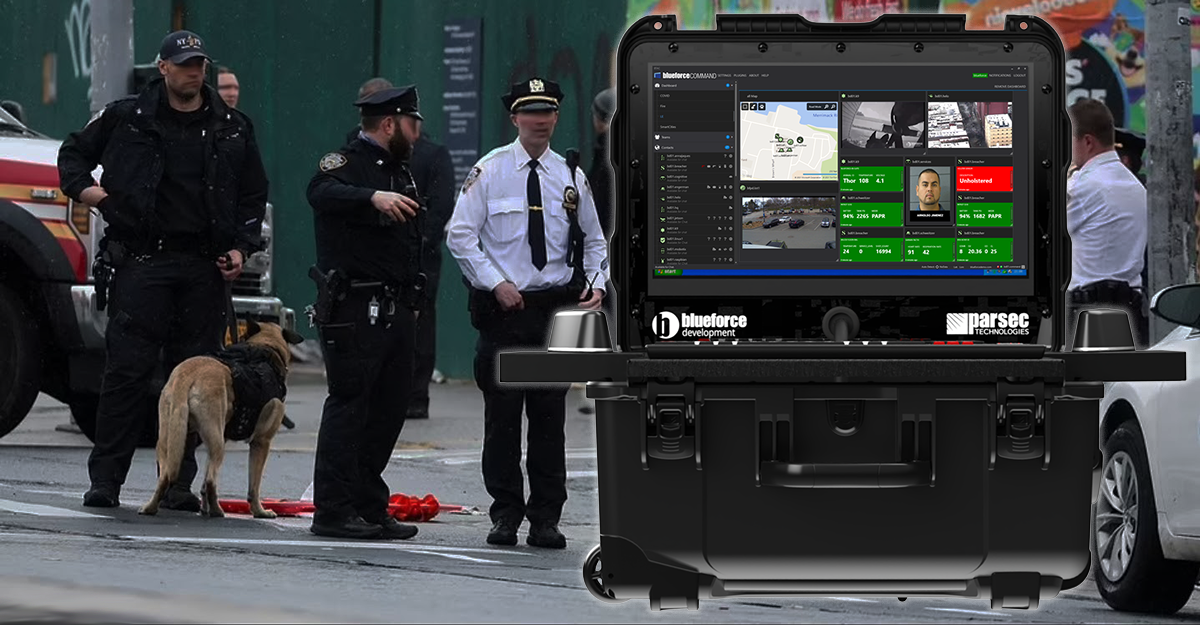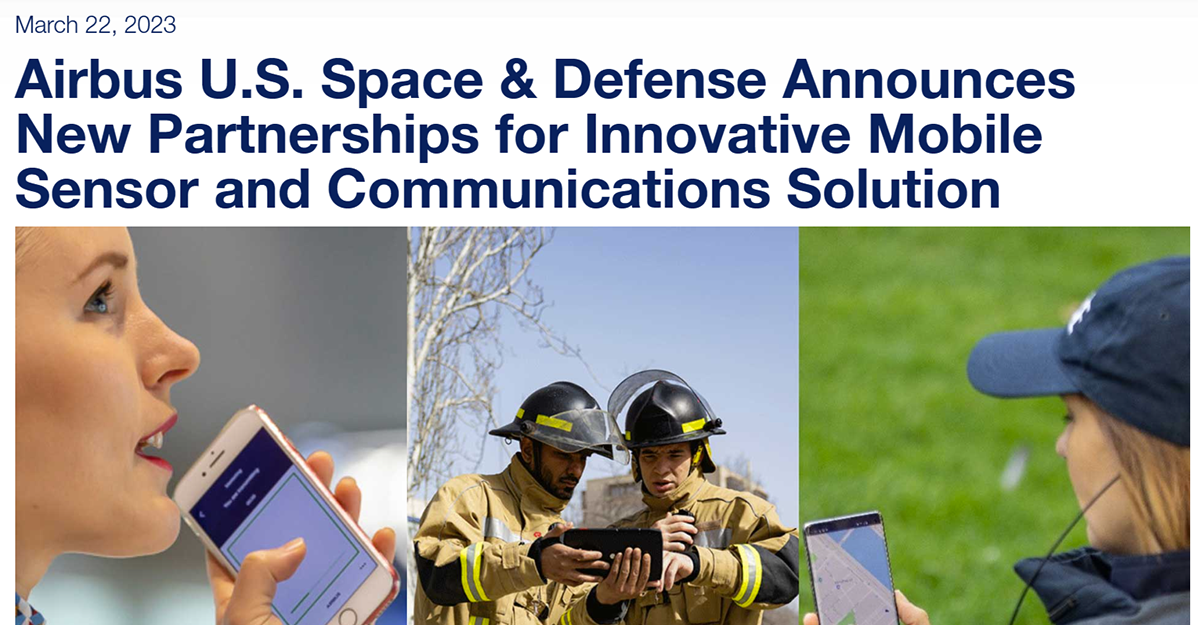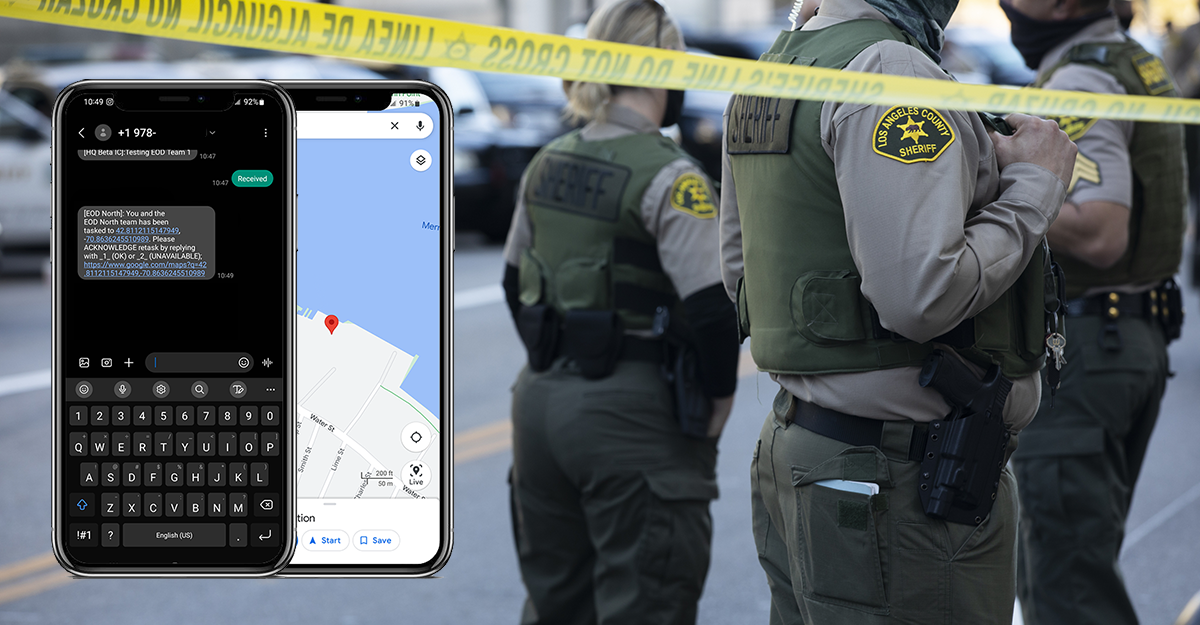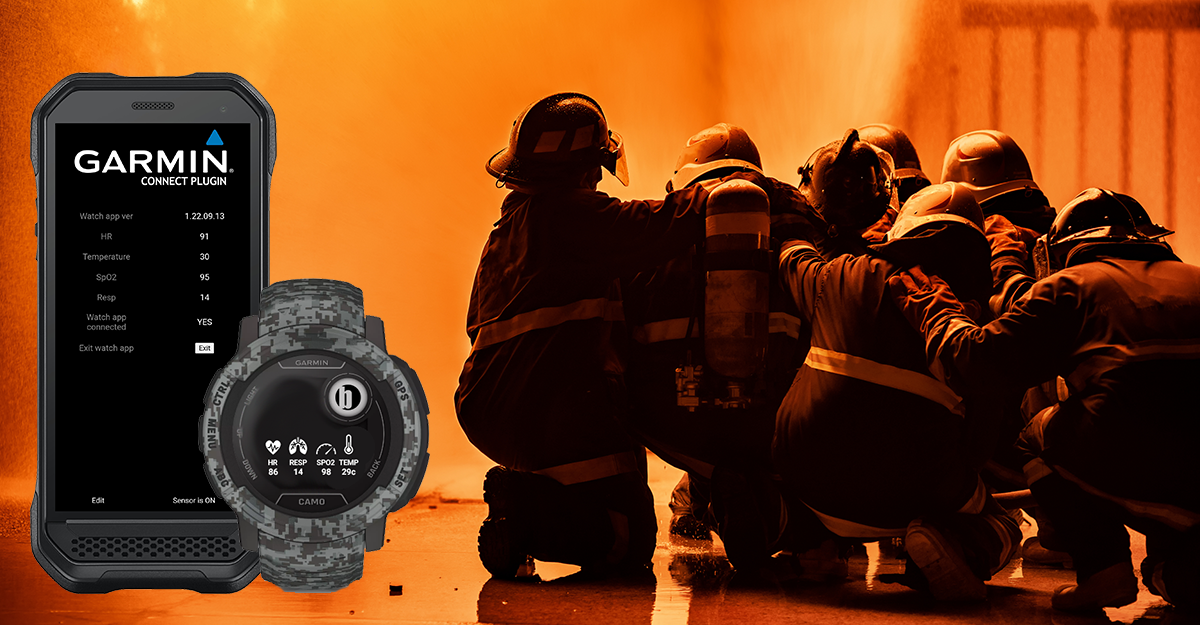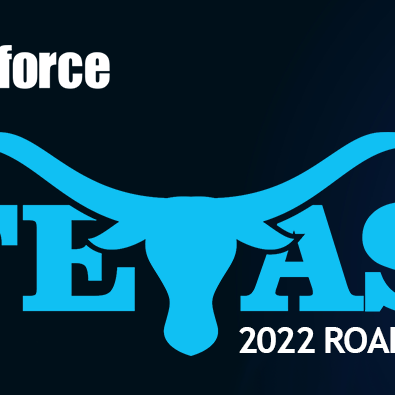VIDEO: Blueforce Adaptive Incident Command V1 “Explainer”
https://vimeo.com/835459614/c02402ee43?share=copy Incidents and the subsequent emergency responses can be chaotic, especially when they involve multiple agencies and organizations that need to work together to respond to the crisis. In such situations, there may be confusion about roles and responsibilities, communication breakdowns, and a lack of coordination. Shortly after 9/11, the U.S. government commissioned programs that ultimately led to the National Incident Management (NIMS) framework which defines...
Read More

